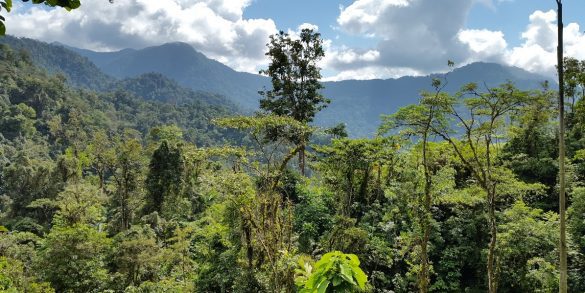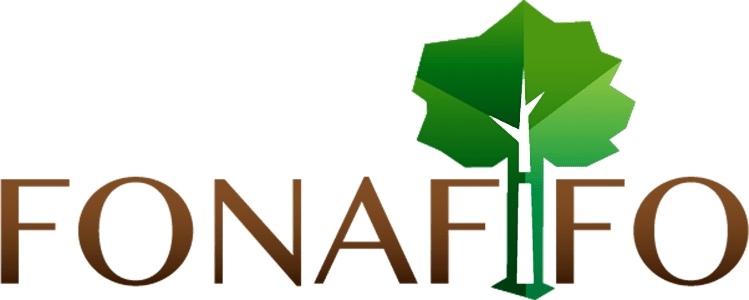
Reforesting Costa Rica
Reforesting Costa Rica
The Fonafifo Program
In the early parts of the 20th century, more than 75% of Costa Rica was forest. Stretching from ocean to ocean, it was a remarkable mix of tropical forests with trees hundreds of years old.
The hardwoods were the first to go, their precious lumber used for flooring, decking, furniture and even trinket inlay. By the 1940s most of the tropical hardwoods had been lumbered to a threatened status.
Then it got worse for the forests. In 1962, the Costa Rican government — considerably more “socialist” than today — passed the Ley de Tierras y Colonización, a law that would redistribute large areas of hacienda land to the campesinos (farmers) by the 1970s. The government “took” large areas of land for itself (Carara National Park is one example, as highlighted in a January 2020 Howler article) and gave the rest to people for their own development and use, mostly in 10-hectare finca plots.
New owners of this redistributed land used it for whatever they could to make a living by farming. Unfortunately for the forests, at the same time the demand increased for cheap beef by the fast food industry. This led many farmers to cut down the trees on their land, selling the timber for what they could get and using the pasture to raise cattle for sale to the fast food chains like McDonalds and Burger King.
The Fonafifo program
In the latter part of the 20th century, Costa Rica discovered that its forests were almost gone. By the mid 80s, only about 21% of Costa Rica remained forested, and those lands were mostly the national parks. As ecotourism expanded, the government’s sensitivity to deforestation intensified. There were calls to action, but most of the remaining land was in private hands. A comprehensive Forestry Law was passed in 1996, with the Fonafifo program’s creation being one outcome.
Fonafifo is an acronym: Fondo Nacional de Financiamiento Forestal, or National Forest Fund. Its major component is called PSA, another acronym standing for Pago para Servicos Ambential — pay for environmental services. In other words, Fonafifo pays you to plant and protect trees. It is virtually unique in the world for a governmental program.
A portion of the monies going into the fund come from taxes, including part of the cost paid for every liter of gasoline or diesel you purchase here. It also works with International NGOs that provide monies for general conservation, carbon offset and carbon sequestration.
With the resources it receives, Fonafifo finances forestry projects, tree nurseries, ecotourism, environmental services generated by forests and forest plantations on private farms. It also provides money for conservation of biodiversity, water resources and scenic beauty, and for mitigation of greenhouse gases that cause climate change.
Costa Rica’s forest cover has increased from 21% at the end of the 1980s to more than 53% in 2010. Fonafifo was a key player in this recovery, protecting over 1 million hectares (2.5 million acres) through the payments to small and medium owners of land. It is considered one of the most successful public/private conservation programs in the world.

